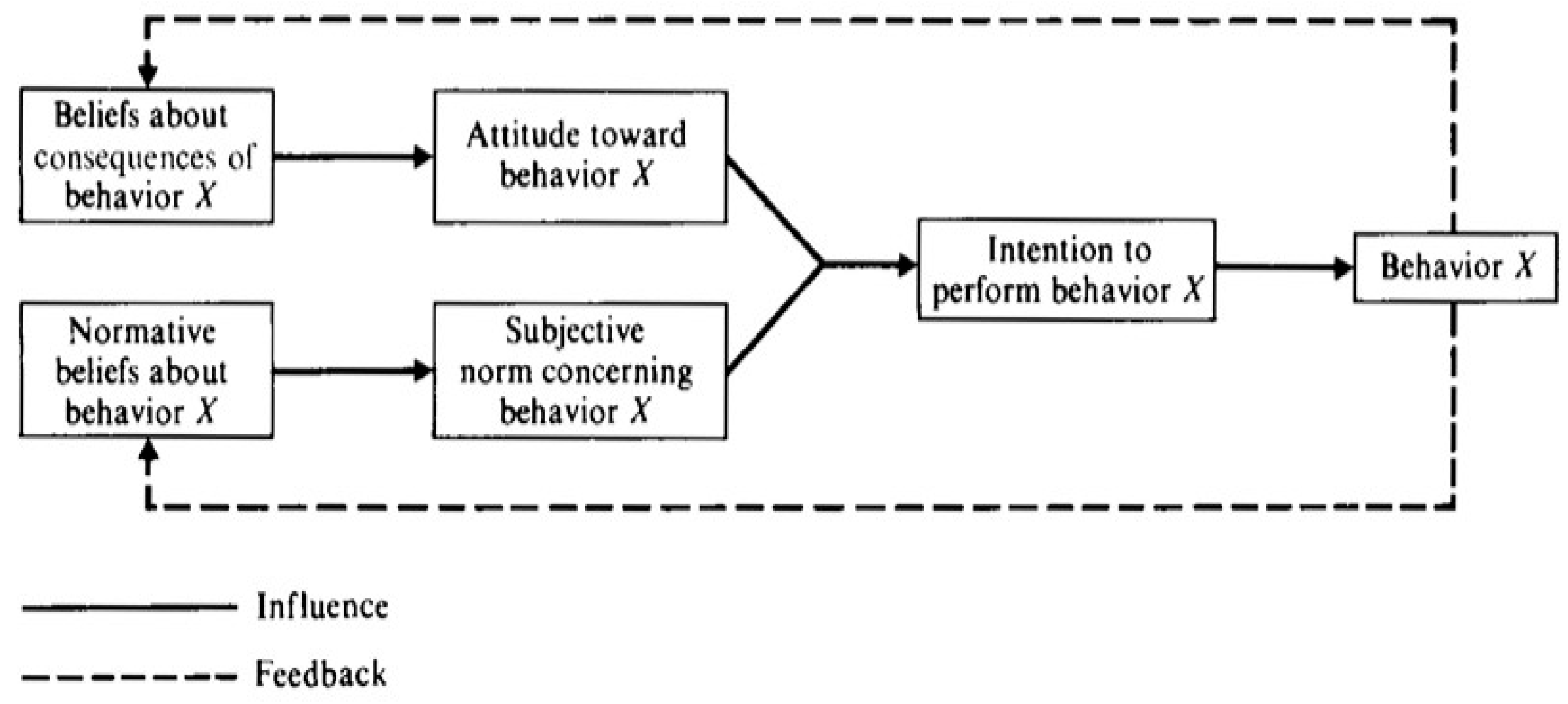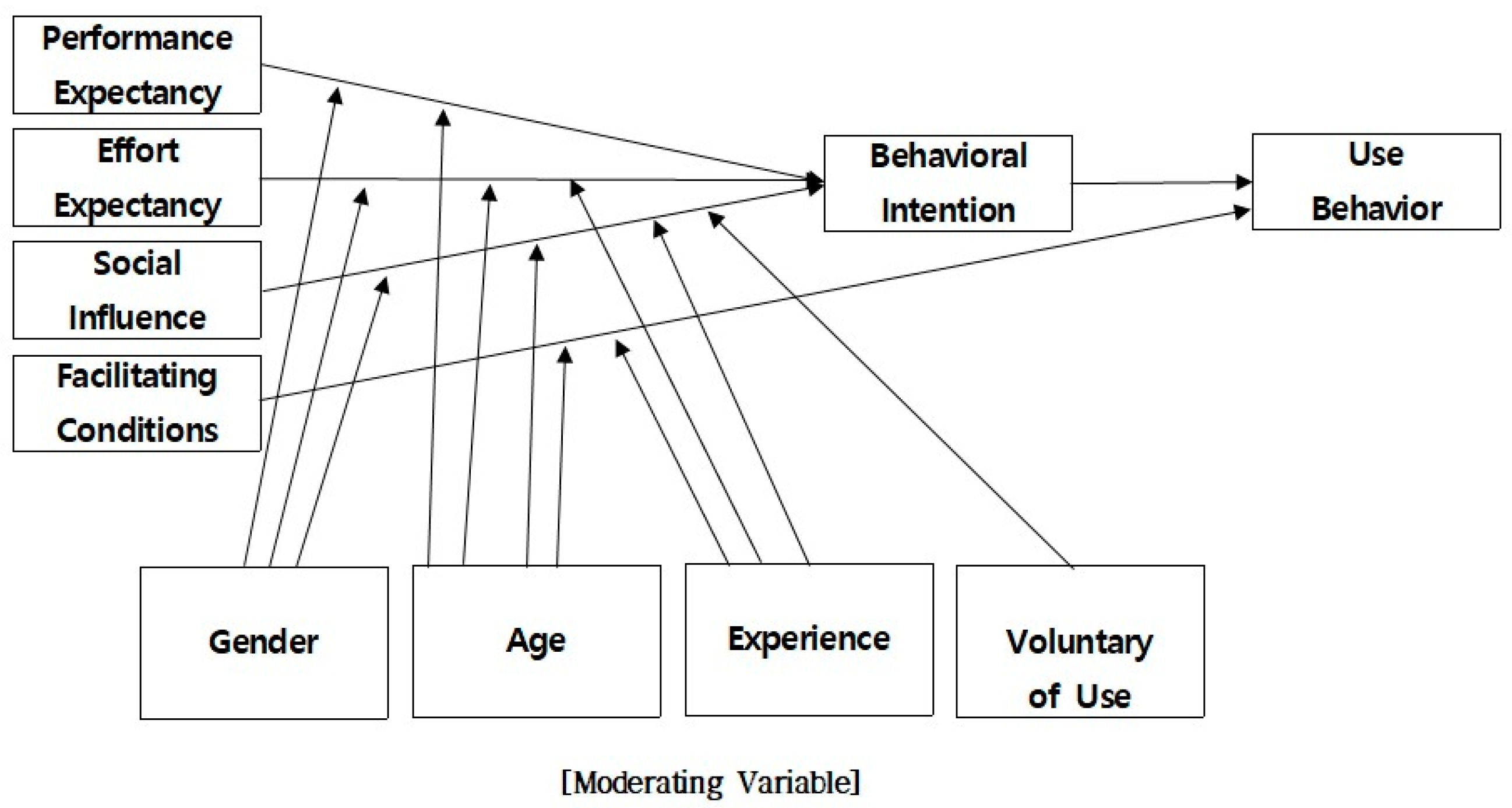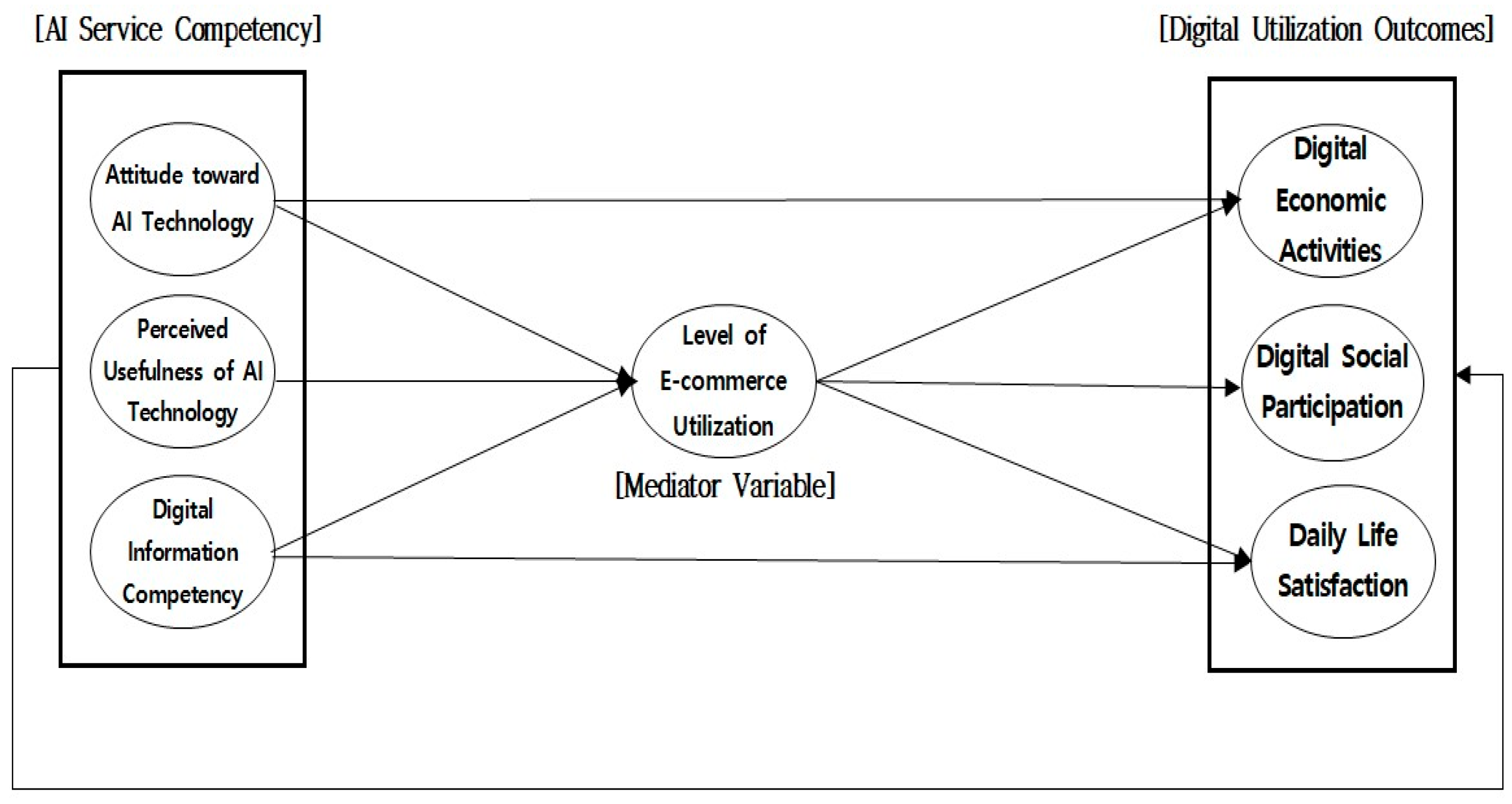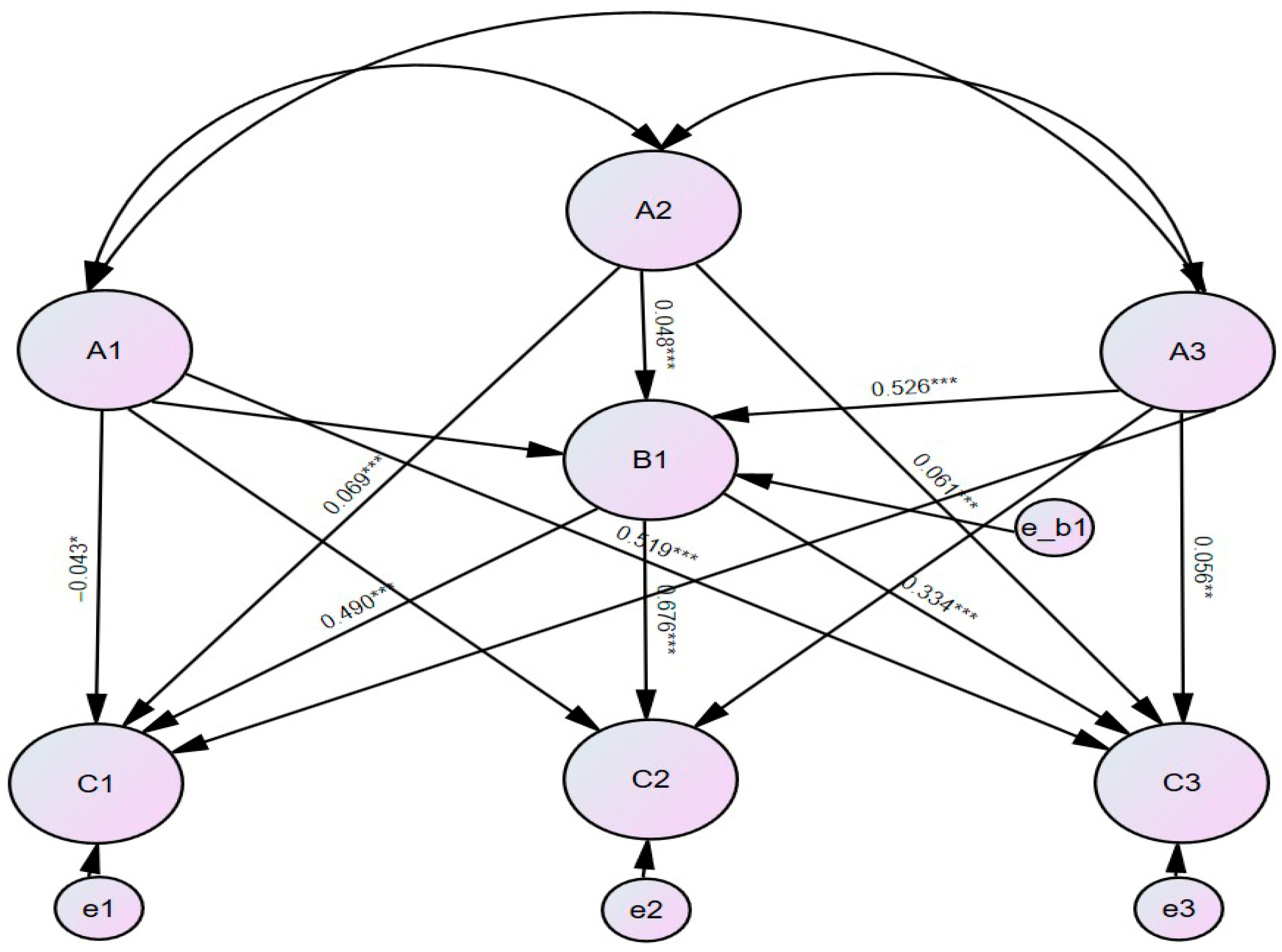1. Introduction
Digital trade is a broad concept that encompasses the cross-border exchange of goods, services, and data enabled by digital technologies [
1]. Recent international e-commerce negotiations have highlighted openness and trust-building as key agenda items in digital trade. Discussions have focused on establishing various institutional frameworks, including electronic signatures, electronic contracts, digital payments, paperless trade, data accessibility guarantees, consumer protection, and personal information security [
2]. As the importance of international digital trade policy becomes increasingly prominent, future trade policies based on digital technology and the internet are expected to strengthen legal and institutional responses to new industries, including e-commerce norm improvement, data protection enhancement, and artificial intelligence-related regulations. As international digital trade policy becomes increasingly important, future trade policies enabled by digital technologies and the internet are expected to strengthen legal and institutional measures for emerging industries, improve e-commerce standards, enhance data protection, and establish artificial intelligence regulations. Such changes indicate that in addition to the reorganization of trade norms between countries, citizens’ acceptance and utilization of digital technologies within each nation are becoming key factors in determining international competitiveness. Accordingly, policy measures and institutional frameworks within international digital trade agreements are needed to reduce digital trade barriers and establish a foundation for mutually beneficial cooperation. Moreover, ICT product trade has been found to positively influence high-quality economic growth, reaffirming the importance of information and communication technologies in the advancement of digital trade [
3]. Recent research on digital trade has explored multiple areas. First, a significant body of work has focused on digital trade agreements, encompassing studies on the Digital Economy Partnership Agreement (DEPA), preferential trade agreements (PTAs) addressing digital trade norms, the WTO and the utilization of digital economy technologies in PTA competition, the development process of digital trade agreements, transformations in digital trade norms, worker-centered digital trade policies, comparative analyses of digital trade agreements, blockchain-based trade finance within digital trade, Asia–Pacific regional trade agreements shaped by digital trade norms, and examination of research trends in digital trade [
4,
5,
6,
7,
8,
9,
10,
11,
12,
13]. These recent studies on digital trade agreements have made valuable research contributions by analyzing digital trade policies and proposing measures for institutional improvement.
Second, research has examined the importance of digital technology in trade. This includes studies on the relationship between digital trade, green technology innovation, and environmental sustainability in BRICS countries; the application of digital technology to trade transactions; the acceptance of digital technology in international trade; AI-related trade barrier technology agreements; technical barriers to trade (TBTs) in the digital domain; and case studies examining the use of digital technologies in trade practices [
14,
15,
16,
17,
18,
19]. These recent studies on digital technology are significant, as they explore the connections between key Fourth Industrial Revolution technologies—such as blockchain and artificial intelligence—and digital trade, as well as measures to ensure security in digital trade. However, despite these contributions, existing research on digital trade remains limited in its focus on individual users of digital technology, namely consumers. Empirical studies centered on consumer perspectives have been relatively scarce compared with theoretical approaches. In particular, although the Unified Theory of Acceptance and Use of Technology [
20]. explains individuals’ intentions and behaviors regarding technology adoption, it has limitations in that it does not clearly demonstrate how attitude toward technology or perceived usefulness, as proposed in the theory, are connected to practical outcomes, such as digital economic activities, social participation, and daily life satisfaction.
Meanwhile, digital innovation is profoundly impacting various industries, including manufacturing, banking, telecommunications, and healthcare, while the strategic importance of e-commerce as a digital tool for businesses is gaining increasing emphasis [
21]. Particularly in the digital age, research has shown that greater utilization of e-commerce to engage with consumers has a greater impact on corporate management performance. Moreover, electronic trust has been identified as a mediating factor in the relationship between electronic security, privacy, payment, innovation, and consumer purchase intention [
22]. Although digital trade has been studied across various fields, there is a lack of empirical research examining how individual users of digital technology adopt and perceive it, as well as how these perceptions influence digital utilization outcomes. Particularly, with companies increasingly communicating with customers through mobile and internet channels, e-commerce transactions have been expanding. Therefore, this study aims to examine how individual artificial intelligence service competency influences both e-commerce utilization and digital utilization outcomes and to empirically analyze the role that e-commerce utilization plays in mediating the relationship between individuals’ AI service competency and digital utilization outcomes. This study differentiates itself from existing research by setting artificial intelligence service competency—a core technology competency of the Fourth Industrial Revolution—as an independent variable to examine its impact on digital utilization outcomes among Korean citizens and by identifying the mediating effect of e-commerce. To conduct this study, artificial intelligence service competency was defined in terms of attitude toward AI technology, perceived usefulness of AI technology, and digital information competency. Digital utilization outcomes were measured through digital economic activities, digital social participation, and daily life satisfaction. Additionally, this study seeks to offer strategic insights by identifying the structural relationships through which individual competencies in the digital trade environment lead to outcomes via platforms such as e-commerce. Through this analysis, the study is expected to provide policy-level evidence for enhancing individual citizens’ artificial intelligence and digital competencies while also making practical contributions to developing e-commerce strategies and implementing measures to reduce the digital divide.
6. Conclusions
This study empirically examined the effects of artificial intelligence service competency among Korean citizens on digital utilization outcomes, including digital economic activities, social participation, and daily life satisfaction, within the rapidly evolving digital trade environment. To this end, data from the 2023 Digital Divide Survey were utilized, and statistical analyses were conducted using structural equation modeling (SEM) with AMOS.
The analysis results indicate that perceived usefulness of AI technology (A2) had a significant positive effect on both digital economic activities (C1) and daily life satisfaction (C3). This finding suggests that individuals who perceive AI technology as practically useful are more likely to experience improvements in their economic performance and overall quality of life. However, the effect on digital social participation (C2) was not statistically significant, implying that collective behaviors such as social engagement may require additional mediating factors beyond mere perception. Furthermore, digital information competency (A3) was found to have a significant positive effect on digital economic activities (C1) and daily life satisfaction (C3), while its direct effect on digital social participation (C2) was statistically insignificant. This indicates that information search, analysis, and utilization skills directly contribute to enhancing individuals’ economic activities and life satisfaction, but extending these effects to social participation may necessitate practical mediating mechanisms, such as the level of e-commerce utilization (B1). In contrast, attitude toward AI technology (A1) did not have a significant effect on digital economic activities (C1) and exhibited a negative effect on digital social participation (C2). This indicates that a merely favorable attitude toward AI technology does not necessarily translate into actual digital engagement, suggesting the possible influence of psychological factors such as the cognitive–behavioral gap or technology fatigue. These results highlight the gap between behavioral intention and actual behavior, as described in the Theory of Reasoned Action [
23]. Next, the mediation analysis revealed the following results: Digital information competency (A3) demonstrated significant indirect effects on all three digital outcomes—digital economic activities (C1), digital social participation (C2), and daily life satisfaction (C3)—through the mediating role of the level of e-commerce utilization (B1). In particular, full mediation was confirmed for digital social participation (C2) and daily life satisfaction (C3), indicating that e-commerce utilization serves as a key pathway through which information competency translates into tangible digital outcomes. Conversely, the indirect effects of attitude toward AI technology (A1) and perceived usefulness of AI technology (A2) via e-commerce utilization were not statistically significant, suggesting that practical, competency-based mediating mechanisms exert a greater influence on digital outcomes than mere attitudes or perceptions. Overall, these findings confirm that digital information competency (A3) and level of e-commerce utilization (B1)—rather than positive attitudes toward or perceived usefulness of AI technology—are decisive factors in improving socio-economic performance. This implies that digital competence and practical utilization experience function as core mechanisms of digital inclusion, surpassing the influence of psychological factors related to technology adoption. Accordingly, future policy efforts should move beyond improving basic accessibility and instead focus on practice-oriented educational programs that enhance digital information competency (A3) and promote active e-commerce utilization (B1). Specifically, developing training modules that facilitate the practical use of AI technologies, designing user-centered interfaces, and improving accessibility for digitally vulnerable groups can simultaneously strengthen the overall population’s digital literacy and capacity for social participation. These findings suggest that the ability to search, analyze, and utilize digital information can lead to practical engagement through e-commerce platforms, thereby serving as a crucial link to enhancing quality of life. Consequently, policy interventions that aim to strengthen digital information competency should extend beyond theoretical instruction to include hands-on programs integrated with e-commerce platform utilization.
Finally, this study offers the following policy implications: given that AI acceptance and digital information competency can be translated into digital outcomes through e-commerce platforms, public policy efforts to bridge the digital divide should shift from simply improving access to providing practical training in platform utilization.
From a practical standpoint, it is important to recognize that private platforms (e.g., Coupang, 11st, Naver Shopping) serve not only as consumer channels but also as intermediaries that facilitate both social participation and economic activity. Accordingly, to enhance the social value generated by these platforms, it is essential to improve user-centric interfaces, design UI/UX that considers digitally marginalized groups, and strengthen community-based features. Furthermore, these platform-based ecosystems extend beyond domestic transactions to function as essential infrastructure for AI-driven digital trade. As e-commerce platforms accumulate consumer–producer transaction data and integrate more deeply with global networks, they play a pivotal role in facilitating cross-border e-commerce and enabling small- and medium-sized enterprises (SMEs) to expand into international markets. Consequently, advancing the sophistication and reliability of AI-powered services on private platforms, alongside strengthening accessibility through digital inclusion, can serve as a strategic foundation for enhancing a nation’s overall digital trade competitiveness.
Theoretically, this study builds upon technology acceptance theories by empirically examining the structural relationships between AI acceptance and socio-economic outcomes, with digital commerce practices serving as a mediating mechanism. Specifically, by examining how perceived usefulness and digital information competency translate into actual digital behaviors, this study presents a refined explanatory model that incorporates practical engagement elements into the Unified Theory of Acceptance and Use of Technology (UTAUT). Furthermore, this study extends theoretical discussions by demonstrating how the characteristics of AI (e.g., autonomy, predictive uncertainty) can expand the interpretative framework of existing technology acceptance theories. This study does not merely apply the existing Theory of Reasoned Action (TRA) and the Unified Theory of Acceptance and Use of Technology (UTAUT). Rather, it extends these frameworks beyond the intention-to-adopt stage to the performance-outcome stage by empirically examining how AI service competency translates into tangible digital economic and social outcomes. In doing so, the study proposes an expanded analytical framework that incorporates practical behavioral performance into conventional technology acceptance theory.
Finally, the research is significant in that it empirically proves that individuals’ digital commerce practices, facilitated by private e-commerce platforms, have a positive impact on their socio-economic well-being. This finding demonstrates that the impact extends beyond mere technology acceptance, highlighting that actual platform utilization experiences can contribute to enhanced participation in economic activities, social connections, and life satisfaction.
However, it is important to note that this study, based on a cross-sectional survey of the general population, has limitations in that it does not fully account for the diversity of platform usage patterns based on demographic characteristics such as age, income level, and occupation. Furthermore, this study has a limitation in that it does not fully capture the structural dimensions of the digital divide, as individuals from vulnerable groups, such as persons with disabilities, low-income populations, farmers and fishers, marriage migrants, and North Korean defectors, were excluded from the sample. Therefore, future research should examine how e-commerce experiences vary across demographic groups and the social implications of these differences. Additionally, it is essential to examine trust and ethical considerations in AI-based e-commerce environments and explore the relationship between digital consumption behaviors and social participation using in-depth qualitative methods.
This research is expected to contribute to the development of more sophisticated and practical digital policy frameworks while also enriching and advancing existing theories of technology acceptance.











